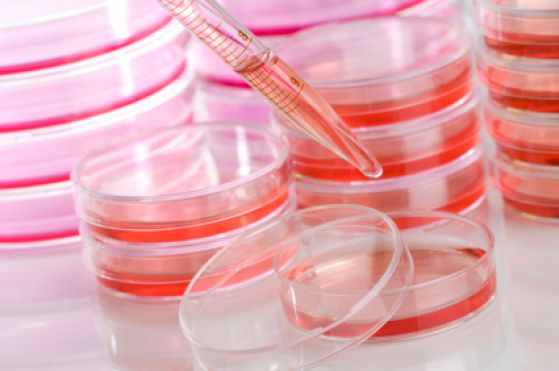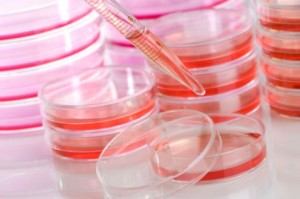
Why Stem Cells?
Within the body, the majority of cells are destined to convey specific functions e.g., erythroid blood cells deliver oxygen, endothelial cells form vasculature, neurons mediate communication by conducting electric impulses. Stem cells are unspecified cells that possess the ability to produce an exact copy of itself, self-renew, and to give rise to lineage-committed progenies producing many types of functional cells in the body. The unique and important function of stem cells is to build and sustain multicellular organisms through their lifespan.

Stem cells can be categorized by their differential potential into totipotent, pluripotent, multipotent, oligopotent, and unipotent. Totipotent stem cells exist at a very early stage of the development and give rise to both embryonic and extra-embryonic tissues such as placenta. Embryonic stem cells are pluripotent as they can give rise to tissues of three germ layers: ectoderm, mesoderm, and endoderm. The regeneration potential of multipotent stem cells comprises a variety cell types but is restricted to one of three lineages. Oligopotent stem cells can only differentiate into a few cell types such as lymphoid or myeloid stem cells, whereas unipotent cells can produce only one cell type. Totipotent and embryonic stem cells exist only at the early stage of development, whereas multipotent, oligo- and unipotent stem cells are found in many adult tissues and organs e.g., bone marrow, adipose tissue, brain, and blood. Hematopoietic, mesenchymal, and endothelial stem cells found in the placenta, and umbilical cord are considered fetal stem cells.

The stem cell’s ability to self-renew is of upmost necessity to ensure the maintenance of the stem cell population and their regenerative functions. Self-renewal is achieved through symmetric or asymmetric cell division. In the symmetric stem cell division, two daughter cells are identical to each other and to the parental cell. Asymmetric cell division occurs when only one of two progenies is identical to the parental cell and another daughter cell has slightly different molecular features. This bias triggers a further commitment and generation of lineage-specific progenitors that ultimately differentiate into fully functional cells replacing old and damaged tissues.
The proliferative, differentiation, and regenerative capacity of stem cells can provide many advances in areas of medicine, research, and drug discovery. Currently, umbilical cord blood- or adult bone marrow-derived hematopoietic stem cells’ transplantation is the most common type of stem cell therapy, successfully applied for treatments of inherited blood disorders and leukemia. Pluripotent stem cells generated from patient-derived tissues with inherited or acquired genetic aberrations allow for more precise and personalized approaches to therapeutics’ design. Pluripotent and other models of cancer help to uncover tumor evolution, mechanisms of drug resistance, and cancer stem cell self-renewal.









